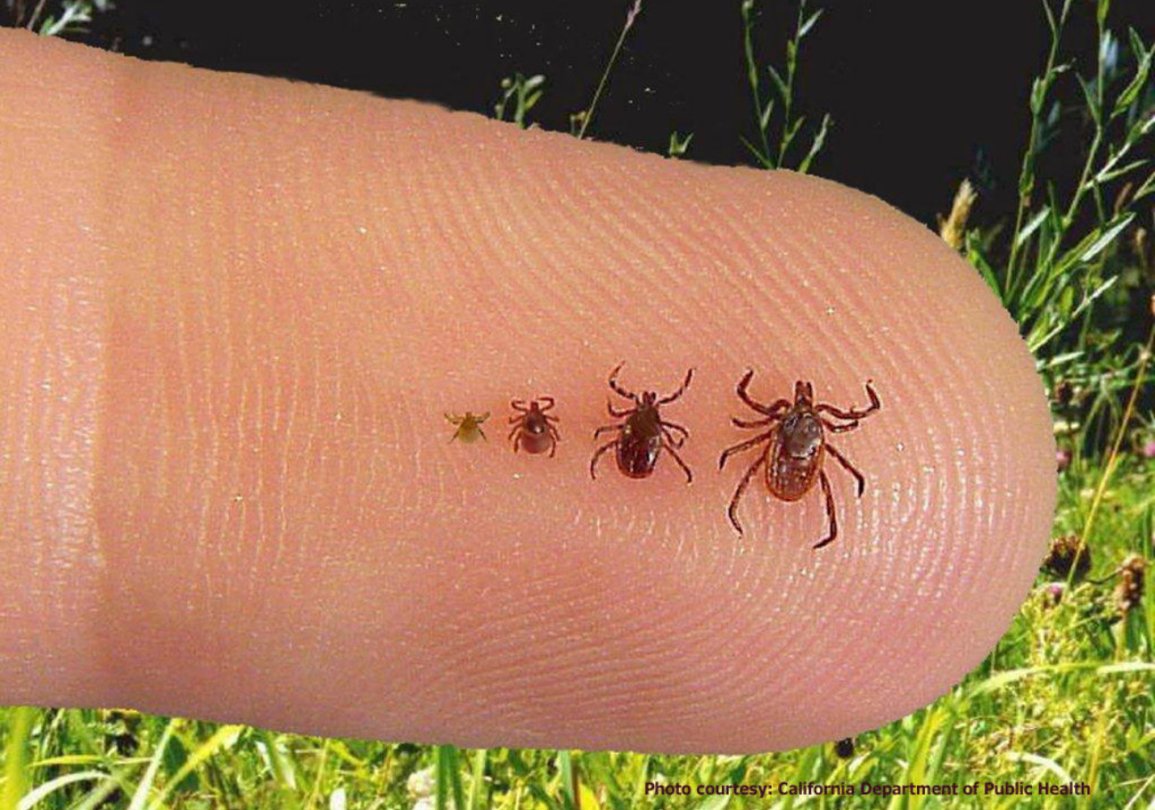When you first got your dog and went to the vet for their first check up, you likely heard them talking about ticks and needing to get your pup protected against them. But what are ticks? And when it comes to ticks on dogs, what are the dangers?
In this article, we are going to go through everything you need to know about ticks on dogs so you can properly protect your pooch and know how to handle any tick situation you may come across!
What are Ticks?

Ticks are very similar to scorpions, spiders and mites – they are actually from the same arachnid family! They feed off the blood of their host (either animals or humans). The most challenging element of ticks is that they are actually very efficient carriers of disease because they are so small and hard to notice that they can stay on a host for days before detection.
Ticks on Dogs – What Is the Danger?
In North America, there are 15 species of ticks although only a few are likely to be in contact with your pup. Let’s take a look at each one:
American Dog Tick

This species of tick is common throughout the Midwest, Pacific Northwest and eastern US as well as east of Saskatchewan in Canada. They are most common in the spring and are often encountered near roads, paths, trails and recreational areas.
Lone Star Tick

This species live in wooded and brushy areas and are present throughout the year but have the highest population between March and July. They are found in the Midwest, Eastern and Southeastern US.
Deer or Black Legged Tick

These ticks are usually found in wooded areas along trails and are one of the most concerning species of ticks because they carry the Lyme disease to both humans and animals. They are found throughout the Midwest and Eastern US as well as throughout Canada, with the highest population in Ontario.
Brown Dog Tick

This tick is found throughout most of the US and Canada and can also transmit something known as Ehrlichia. It rarely bites people but is found in kennels or homes with dogs.
The main risk of ticks is the transfer of disease to both humans and animals. Lyme Disease, in particular, is one of the most concerning by products of being bitten by a tick. Symptoms of Lyme Disease include fever, loss of appetite, reduced energy, lameness, generalized stiffness and pain, and swelling of joints. This can also be a fatal disease with serious cardiac and neurological effects.
If your dog gets Lyme Disease from ticks, they have to be treated for at least 30 days with antibiotics, which usually relieves the symptoms but the infection may persist and medication may be required long term.
Ticks on Dogs – What Do You Do?
Preventing ticks on dogs is very challenging because of the overall exposure your dog may have to ticks. Like you saw in the previous section, ticks are in many areas you and your pup love to go! They can attach to you or your dog when you are out on walks, hikes or during other outdoor activities.
The best way to deal with ticks on dogs is to remove them immediately! Follow these steps:
- Use fine tipped tweezers and gloves to remove the tick from the skin surface
- Using the tweezers, grasp the tick as close to the skin surface as possible
- Pull the tick straight out with steady, even pressure (it may take a minute or two of constant, slow pulling)
- After removing the tick, thoroughly disinfect the bite area and wash your hands with soap and water
- Preserve the tick in rubbing alcohol and take to your vet for identification – this can help your vet diagnose illness and the appropriate next steps.

Check your dog regularly for ticks, especially after being outdoors on hikes or walks in places where ticks may be! If you think your dog may have abnormal symptoms, take your pup to the vet right away to make sure they have not been bitten and infected by a tick.
Ticks on Dogs – Prevention
While it is very hard to avoid exposure to ticks altogether, there are many things you can do to try to prevent ticks from infecting your pup.
First off, you can make sure you are regularly mowing your lawn, removing tall weeds and avoiding areas where ticks are most common.

There are also a number of different tick preventatives available, many of which can be recommended by your vet. These are some that are monthly chews that your pup takes during the peak months of the year where ticks are prevalent. There are also skin ointments you can put on your pup (similar to fleas) that act as a convenient method of control for these external parasites.
Obedience Training
Another way you can prevent your dog from being exposed to ticks is actually making sure they are well trained and obedient. I know, this sounds silly but it’s true! If you are in an environment where you suspect ticks may be more prevalent, having a dog who listens to you when you call them to you or who will stick close to your side and not wander into long weeds is going to help prevent some of that exposure to tick populations.
And if your dog does get bitten by a tick, having a high level of obedience will make it easier for you to get in there and remove it from their skin! Think about it – you need your dog to stay still and calm while you are pulling that little tick out with some tweezers. A squirmy pooch that doesn’t listen will make that task so much harder.
If you need to work with your dog on their obedience, I recommend a course I took with my dog called Brain Training for Dogs. It completely changed how well she listens and trusts me and now I have no concerns with her being off leash and returning to my side when called. She also stays very still and calm when I do things like brushing her teeth or cleaning her ears so I have no doubt she would do the same if I ever had to remove a tick from her skin (knock on wood!) The course also helped her learn some pretty cool new tricks and build her own confidence.
For more information on Brain Training for Dogs, make sure you check out my full review of the course to find out if it’s the right thing for you and your pooch!
*Disclosure: I only recommend products I would use myself and all opinions expressed here are our own. This post may contain affiliate links that at no additional cost to you, I may earn a small commission.




